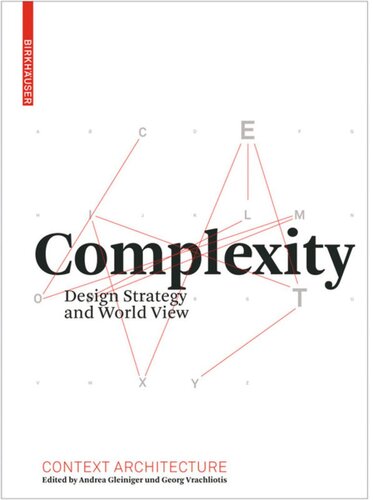

Most ebook files are in PDF format, so you can easily read them using various software such as Foxit Reader or directly on the Google Chrome browser.
Some ebook files are released by publishers in other formats such as .awz, .mobi, .epub, .fb2, etc. You may need to install specific software to read these formats on mobile/PC, such as Calibre.
Please read the tutorial at this link: https://ebookbell.com/faq
We offer FREE conversion to the popular formats you request; however, this may take some time. Therefore, right after payment, please email us, and we will try to provide the service as quickly as possible.
For some exceptional file formats or broken links (if any), please refrain from opening any disputes. Instead, email us first, and we will try to assist within a maximum of 6 hours.
EbookBell Team

4.0
86 reviewsBetween art, science, and technology
Digitalization has transformed the discourse of architecture: that discourse is now defined by a wealth of new terms and concepts that previously either had no meaning, or had different meanings, in the context of architectural theory and design. Its concepts and strategies are increasingly shaped by influences emerging at the intersection with scientific and cultural notions from modern information technology. The series Context Architecture seeks to take a critical selection of concepts that play a vital role in the current discourse and put them up for discussion.
When Vitruvius described the architect as a "uomo universale," he gave rise to the architect’s conception of him- or herself as a generalist who shapes a complex reality. The architectural concept of complexity, however, failed to keep pace with industrial and social reality, becoming instead an increasingly formal and superficial notion that could ultimately be applied to almost anything.
Against it, architectural modernism set the watchword of simplification: "less is more." In this situation, Robert Venturi reintroduced the notion of complexity into architectural discourse: his goal was not just to restore the complexity of architectonic forms and their history but also to explore the concrete reality of the existing built environment.
Today it is complexity studies, with their starting point in physics, that define the current approach to the concept of complexity. They have established a new connection between the natural sciences and information technology and have thus become a central premise of computer-based approaches to design.